Sadistic liberation: We explore how women in a subculture that advocates peace and love became the stuff of unconstrained nightmares on the big screen.
Women in Horror Month is such a fun time to be a contributor for Morbidly Beautiful, as well as a thought provoking one. There’s lots of ways we can approach the theme. Do we shine a light on the amazing women in horror production slaying the game? Incredible actresses adding soul to the scripts on the silver screen? Bad ass lady monsters? I knew all of these women would be celebrated throughout the month, so I wanted to pick something off the beaten path for my contribution.
I thought it would be pretty interesting to rack my brains and think about what seems to really shake viewership to their core. The answer? Flower power. Or rather, flowers WITH power. (Yes, excuse my corny turn of phrase but I really couldn’t resist.)
If I said (or typed) “hippie”, everyone would have an image in their mind of what that may look like. Yet, let me just give a fleshed out idea of what a hippie is, outside of the stereotypical lack of shoes and vague wafts of weed.
Hippies originated in San Francisco in the 1960s and advocated liberalism in all walks of life.
However, that degree of liberalism varied across the board. Many hippies derived their identity from rejecting the status quo of the time, through their dress and approach to relationships. It was an outward expression of freedom to love who or whatever they wanted — all whilst enjoying psychedelic rock, sex, drugs and the disparaging looks from the generation above them. Many condemned the Vietnam war through music, art, and protests.
Others, however, advocated more extreme forms of liberalism which extended to the complete rejection of capitalist society and legality, partaking in violence as a means of rebellion.
The juxtaposition between the peaceful ethos and the violent ends has not been glanced past in cinema, and it is typically embodied by female hippie characters in horror films. Having a member of the ‘fairer sex’, adorned in dress that suggests liberality and love, who partakes in absolutely abhorrent violence on screen creates a fantastic sense of dread.
The hippie women within the horror genre have left a deep scar in the imaginations and fears of fans throughout the decades, subverting the stereotype of ‘free love’ to a free-fo-all splatter fest in the blink of an eye.
The female hippie has been fetishized for years throughout media presentation.
This stemmed from early exploitation films of the 1960s, such as Riot on Sunset Strip (1967) and I Drink Your Blood (1970) to name a couple. As with the sexually liberated ‘flapper’ of the 1920s, hippie women were rendered sexual objects to be feared — striking the core of morality and leading a generation astray from traditional values.
The Manson Family’s notoriety also fanned the flames of outrage and titillation, following the high profile murders conducted in 1969 and the onslaught of media coverage surrounding the trial.
Society was stunned to learn that the three female defendants (Sadie Atkins, Patty Krenwinkel and Leslie Van Houten) regretted nothing of the graphic murders. Again, however, the outrage was melded with titillation, as much of the news coverage marveled at the women’s short skirts in the courtroom.
The Manson Family inspired countless horror films.
Helter Skelter (2004), based upon the television show and book of the same name and released in the 70s, explored Linda Kasabian’s experience as part of the Family, and the after effect of witnessing the murder of Sharon Tate. The Manson Family (2003) explored a hedonism-turned-horror show Spahm Ranch, rife with drug use, ritualism and gang rape.
The recent Tarrintino film, Once Upon a Time in Hollywood (2019), deserves a special mention for deftly weaving campy fiction and reality, while achieving the feel of a true horror flick at the very end. Although maintaining the stereotypical character of the young, vibrant and sex positive hippie girl through the character of Pussy, the scenes within the Ranch detail the somewhat unsettling reality.
The women (and men, of course), were not all young and emboldened youths. As Manson had said, the Family had been comprised of “the people you did not want”; the marginalized within society banded together with the promise of purpose. What they had mistaken for love was really control.
Horror as a genre reflects societal preconceptions and serves as an interesting tool for historians (and film buffs alike) to analyze the deep-seated and changing cultural fears over time.
The genre pays particular attention to the ‘othering’ of women who don’t fit into convention.
It often explores the element of the unknown, casting deep black shadows in the space where reality meets prejudice and ignorance. In some ways indulging in stereotypical mindsets surrounding hippies, horror has allowed women to participate in power — and in many instances, presents women as a threat to be reckoned with.
Every horror buff remembers the first time they saw The Last House On The Left (1972). The character of Sadie was presented as “a promiscuous psychopath and sadist”.Dressed in familiar hippie attire, Sadie brings every bit of horror and grisliness as her male counterparts. Although one certainly can not celebrate her cruelty on a personal level, it can be seen as a celebration in terms of heralding the idea that women can be just as dangerous and powerful as men.
The integration of a female character, as wild in her look as her demeanor, sparks fears at the capabilities of one uninhibited by societal norms.
Outside of blunt violence, the hippie woman has been the architect of many a man’s failure through cunning plots.
In The Wickerman (1973), Willow attempts to seduce the pious detective. His failure to succumb to natural urges (or some may say, modernity) ends in his ultimate, symbolic demise. The women of the island are both sexually free and intelligent — a threat, absolutely, but undeniably a formidable one.
A personal favorite of mine, one film attempts to document the expression of female autonomy and choice within a commune. That film is Midsommar (2019). Women hold the power within the mostly peaceful commune, and the May Queen is given a choice. No matter what she chooses, she will be respected and celebrated. Her honesty in her choice is all that is desired.
Having a female leader within the commune is highly refreshing, moving the hippie woman from the role of worker bee to the hive queen. Showing Dani’s transformation from a woman lonely in her confinement by her modern relationship, into a being held dear by a true family, is both joyous and terrifying.


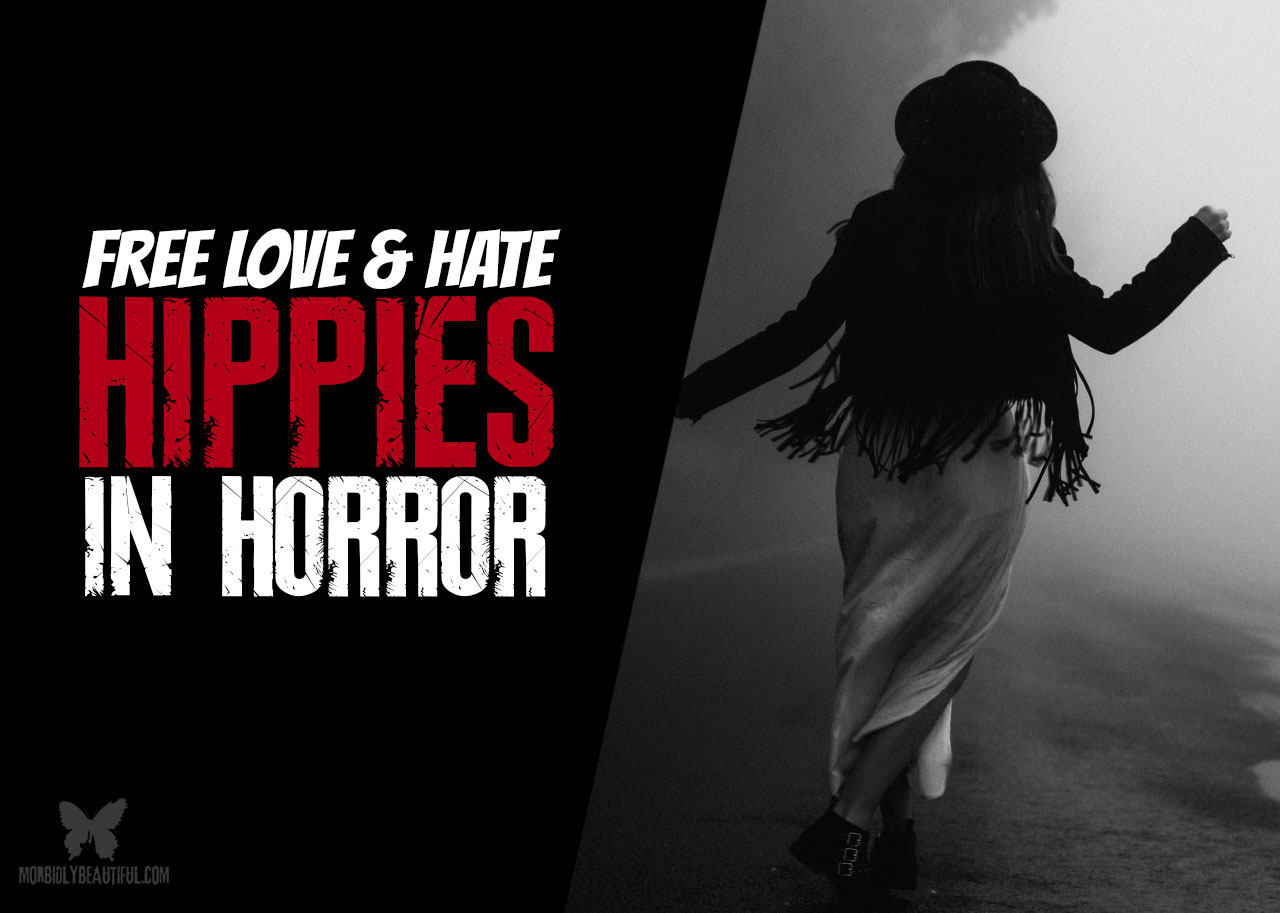
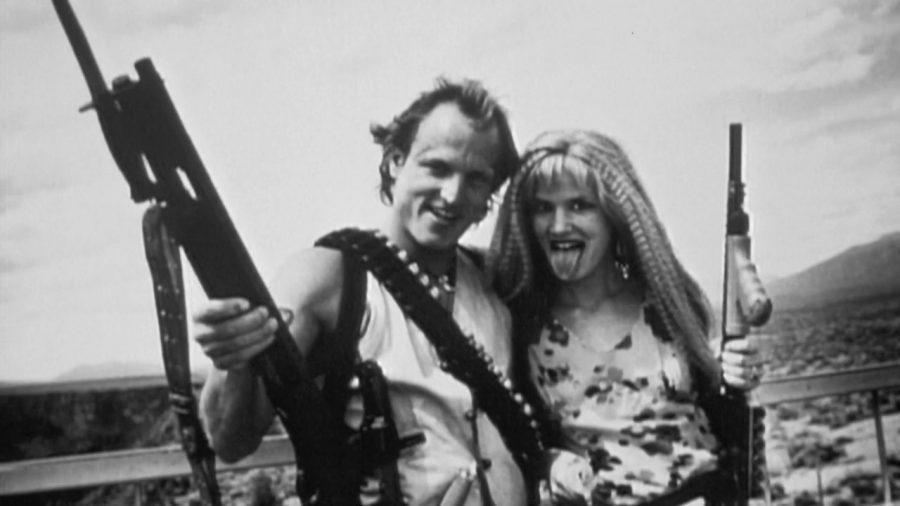
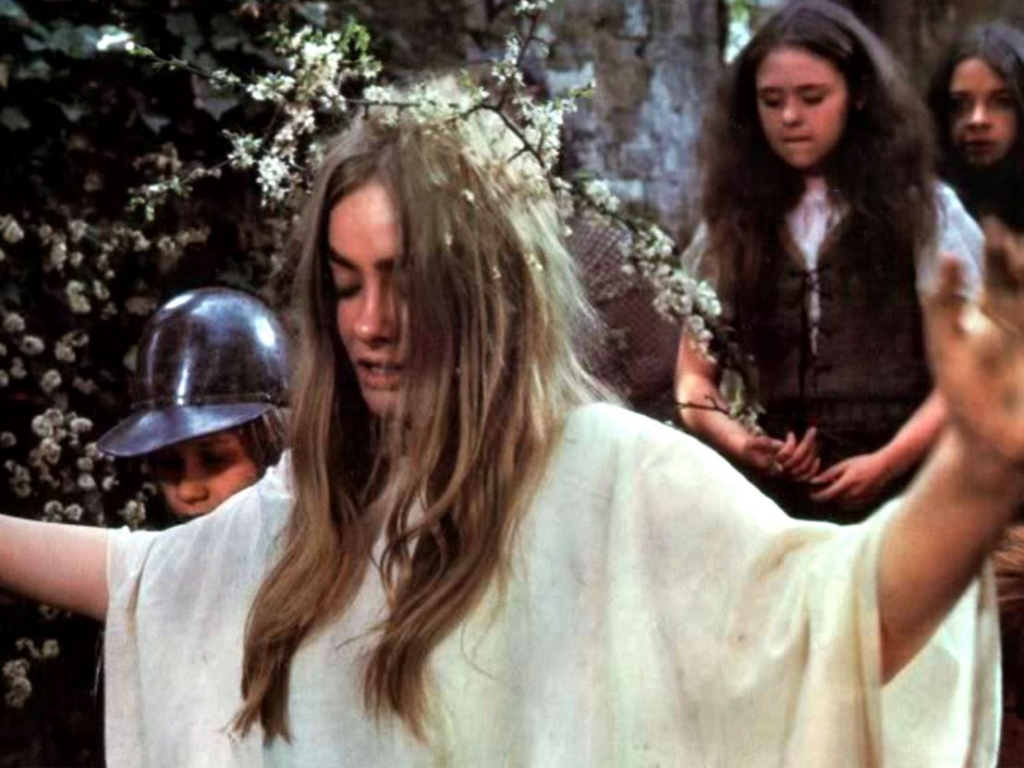
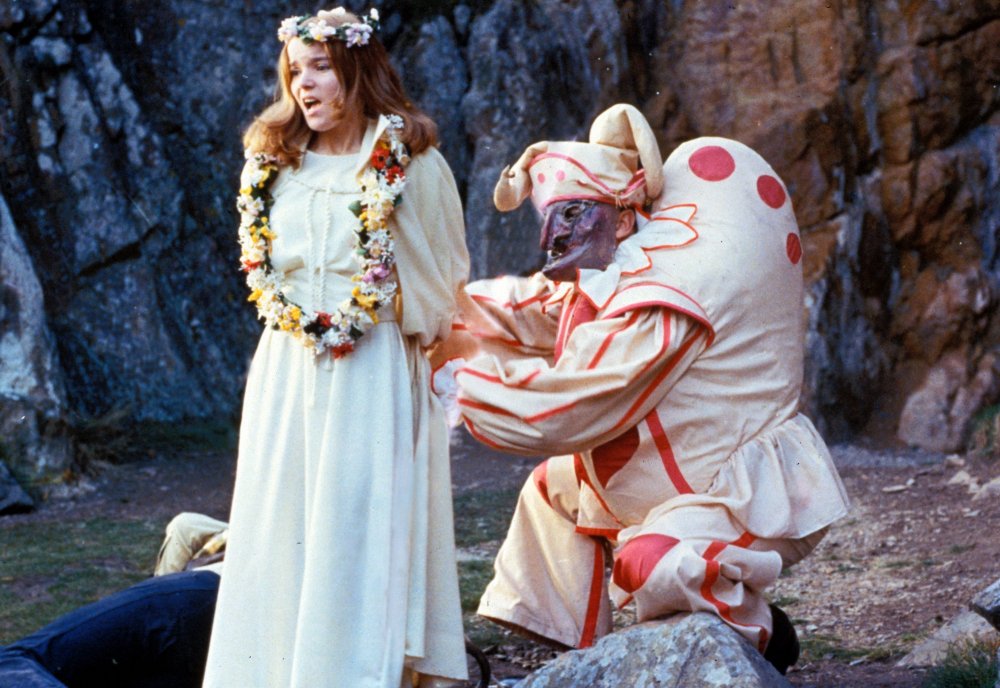
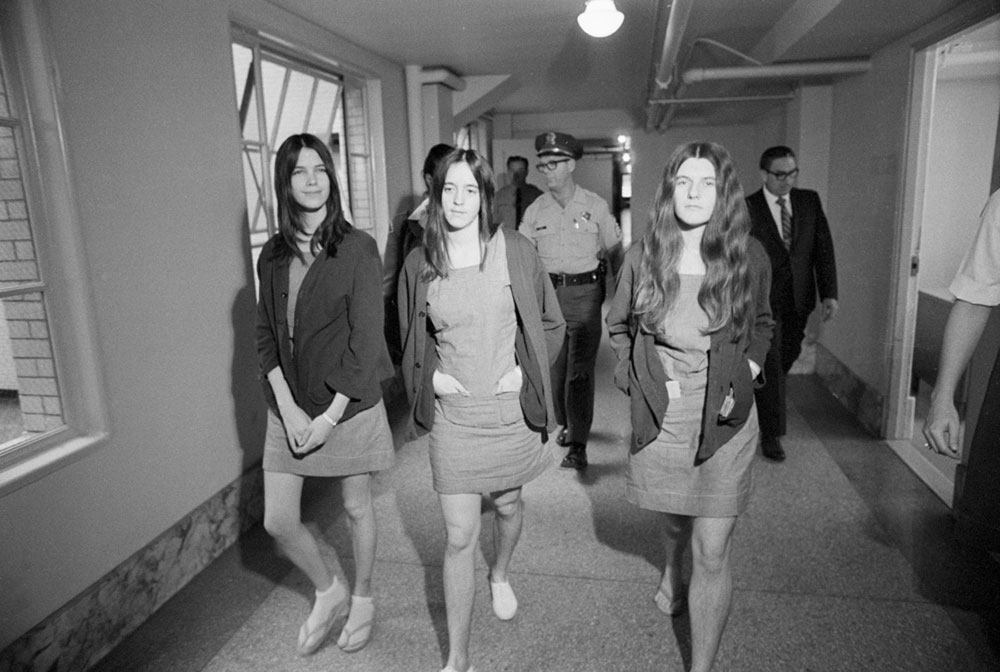
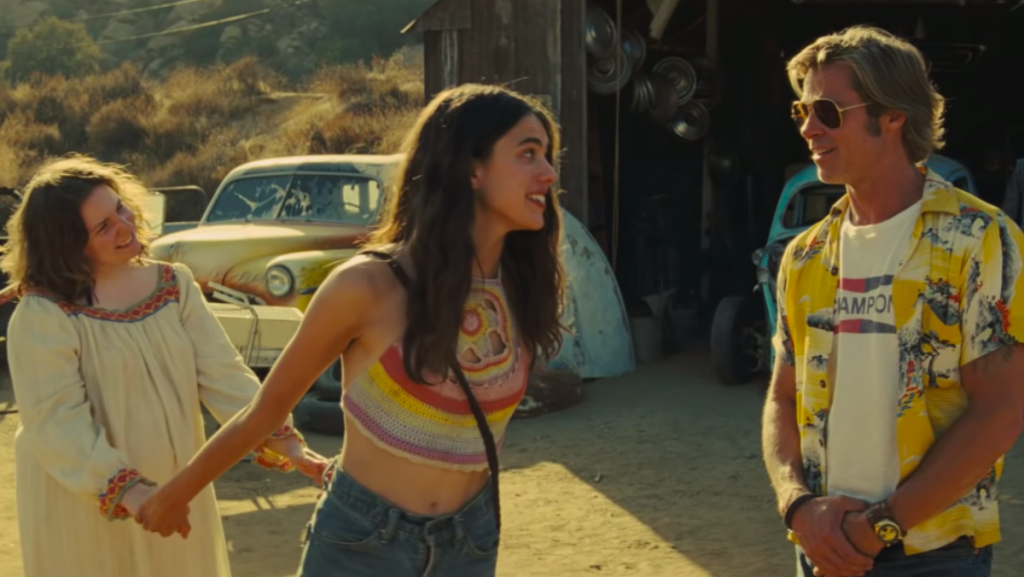
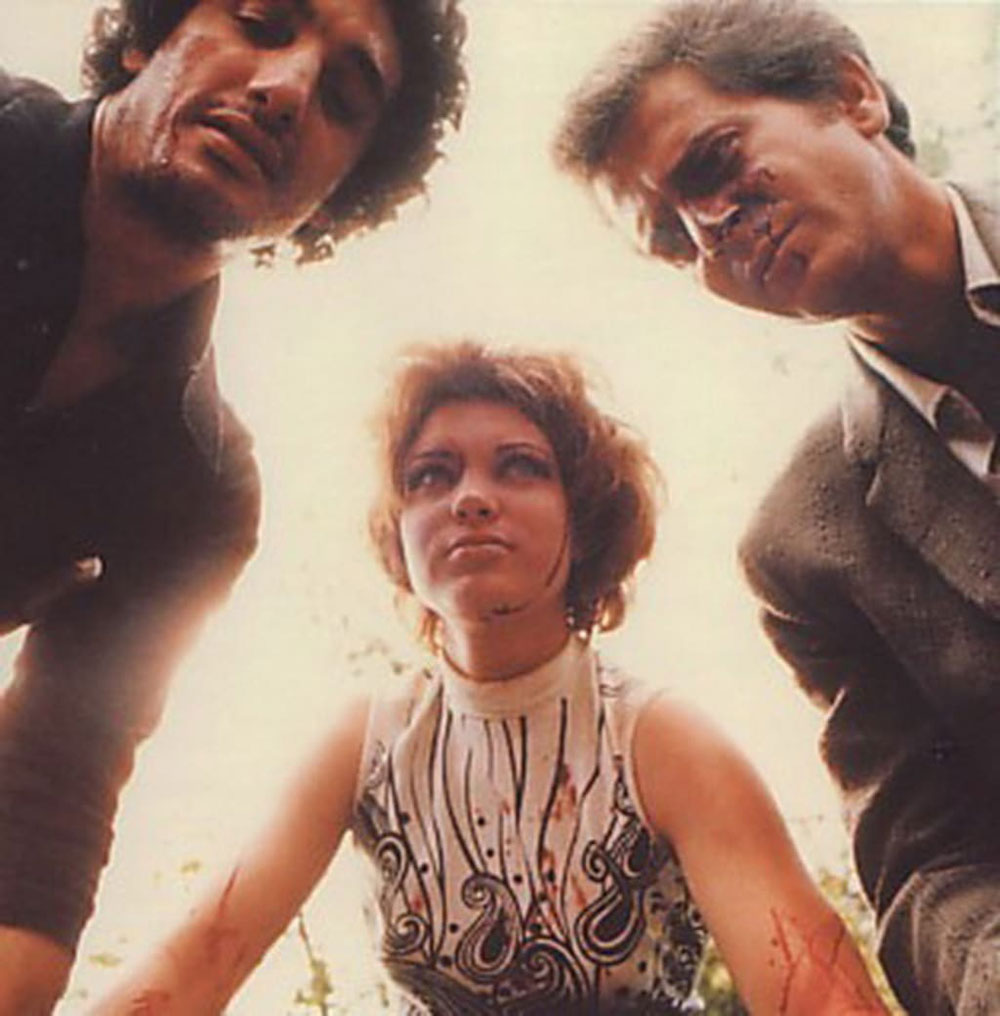
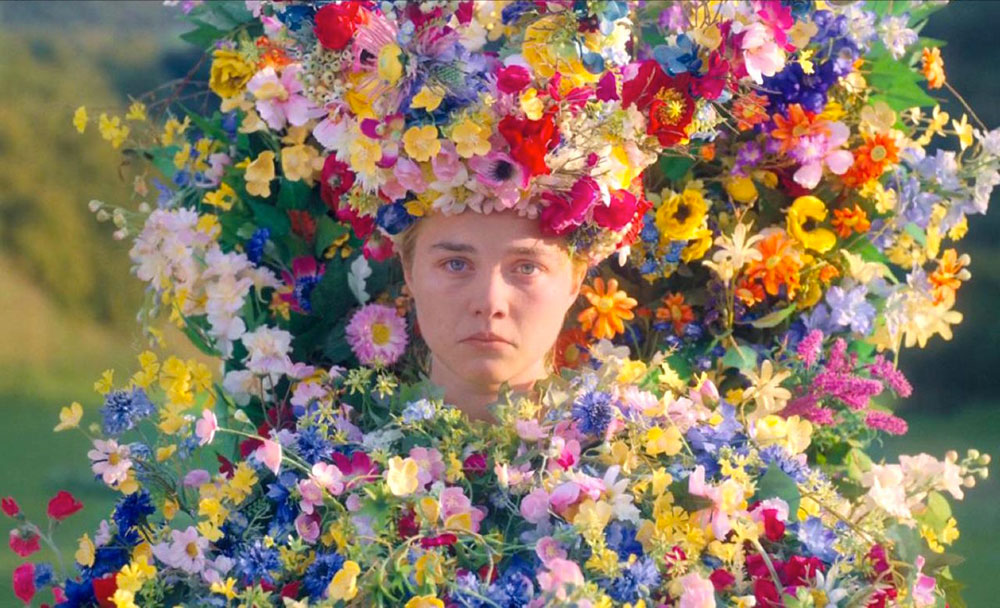
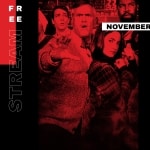

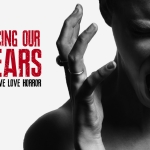
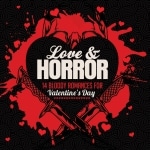



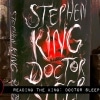
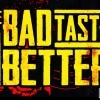



Follow Us!